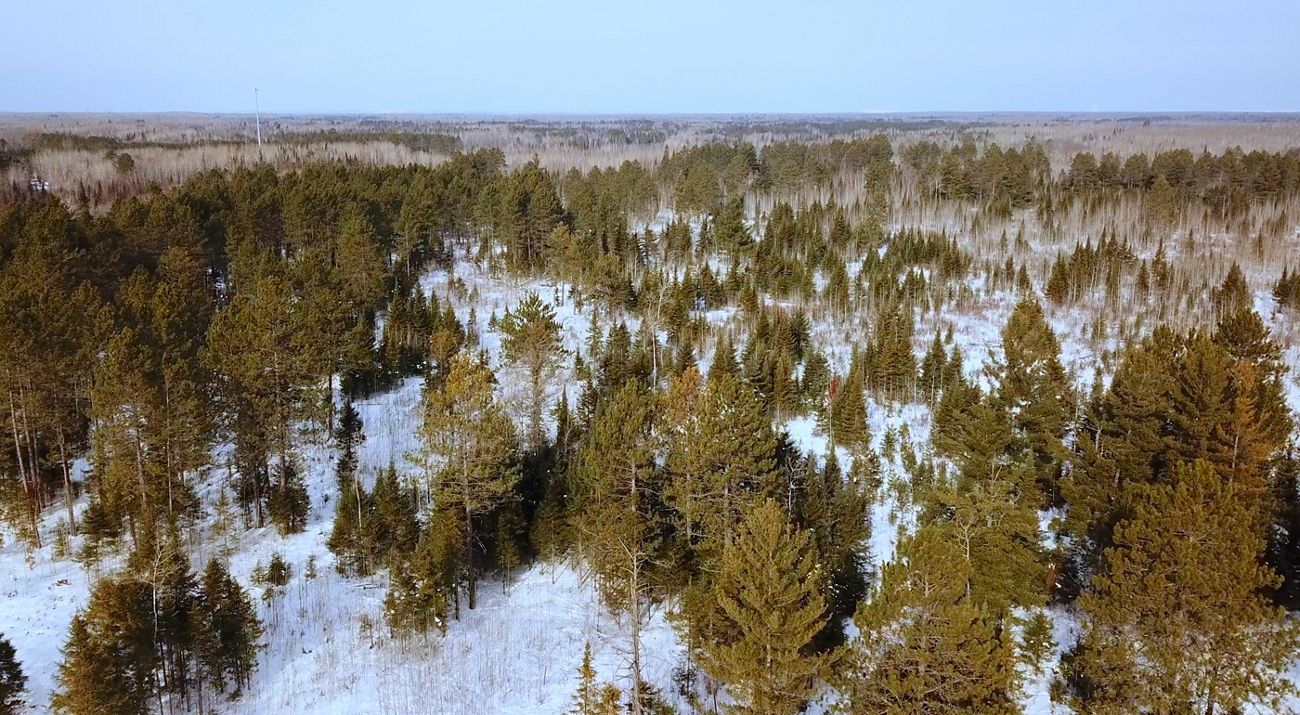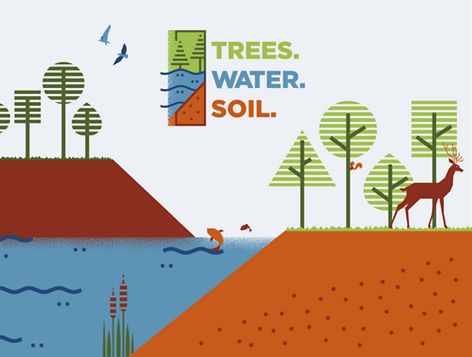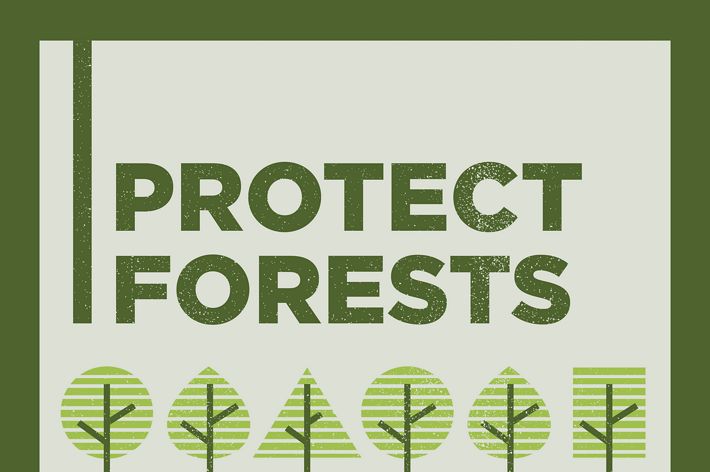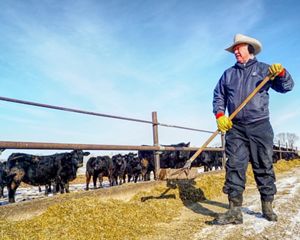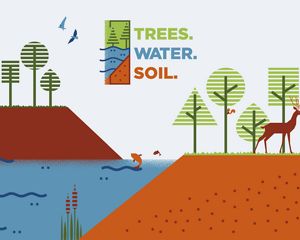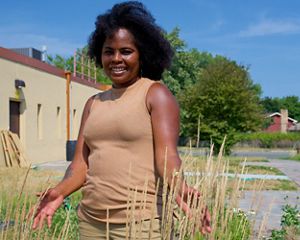A Resilient Forest Industry: UPM Blandin
How improved forest management is helping fight climate change.
The story of forest management in Minnesota is, in many respects, the story of the white spruce. The wood of this fast-growing tree can be used in construction and to make paper. It is the dominant tree species planted in Minnesota by timber companies, including UPM Blandin.
UPM has been in business in Minnesota for more than 100 years and has been active in land management for nearly as long. Around the middle of the 20th century, UPM Blandin and other timber companies in Minnesota used an agricultural approach to forest management; they cleared natural forests and planted monocultures of species that better suited their needs.
This one-crop approach allowed companies to streamline their processes because they managed a single kind of tree. However, there were problems with the approach.
“Today, the one-crop approach is considered outdated,” says Sawyer Scherer, a forest ecologist for UPM. “Foresters have had to confront issues with how trees respond to climate change, insects and disease.” A forest that is heavily composed of a single species is susceptible to these threats.
Quote: Sawyer Scherer
Today, our management actively encourages the development of white spruce, but we focus on restoring it in ecosystems where it occurred naturally.
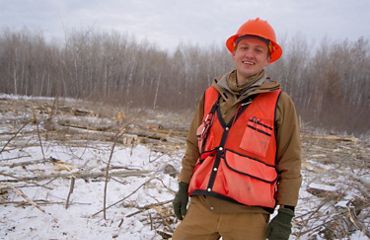
A New Model for Forest Management
In the late 1990s, UPM addressed these issues by developing Smart Forestry℠, a style of management that uses ecological principles as a guide for management.
UPM now manages approximately 188,000 acres of forestland in Minnesota, and Scherer helps lead the effort to sustainably manage this land. Each year, UPM plants between 500,000 and 650,000 trees, mostly white spruce but also red pine, balsam fir, white pine and other species
“White spruce was the dominant species planted in the past, and it remains the dominant species planted today. The major difference in forestry practices is how the white spruce is planted today,” Scherer says. “In the past, UPM primarily planted white spruce as monocultures, often in ecosystems which did not naturally support white spruce. Today, our management actively encourages the development of white spruce, but we focus on restoring it in ecosystems where it occurred naturally.”
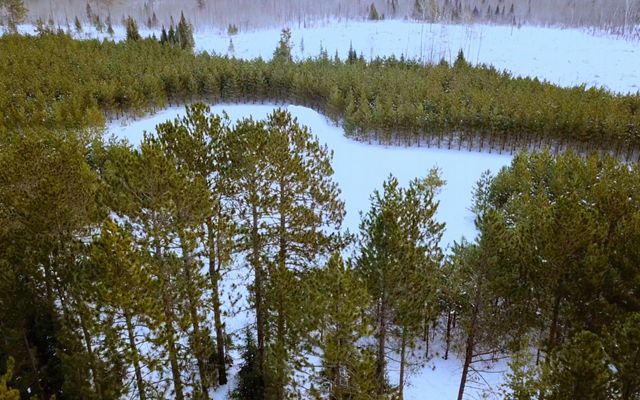

In addition, UPM endeavors to regenerate forests as places where multiple tree types grow. Natural, diverse forests provide many environmental services, including removing carbon dioxide from the air, offering shade, blocking winter wind, providing habitat for birds and other wildlife, preventing soil erosion, filtering water before it enters streams and rivers and providing places for recreation. In Minnesota, forests support songbirds, waterfowl, otter, black bears, turkeys, moose and other species.
Scherer describes Blandin’s core mission as “increasing the diversity and resilience of their forestland.”
According to Scherer, UPM’s migration toward diverse forests is motivated by multiple factors, but chief among them is climate change. The simplified, single-species forests long favored by the forest industry are not as resilient to climate change as diverse forests are.
In addition, UPM endeavors to regenerate forests as places where multiple tree types grow. Natural, diverse forests provide many environmental services, including removing carbon dioxide from the air, offering shade, blocking winter wind, providing habitat for birds and other wildlife, preventing soil erosion, filtering water before it enters streams and rivers and providing places for recreation. In Minnesota, forests support songbirds, waterfowl, otter, black bears, turkeys, moose and other species.
Scherer describes Blandin’s core mission as “increasing the diversity and resilience of their forestland.”
According to Scherer, UPM’s migration toward diverse forests is motivated by multiple factors, but chief among them is climate change. The simplified, single-species forests long favored by the forest industry are not as resilient to climate change as diverse forests are.
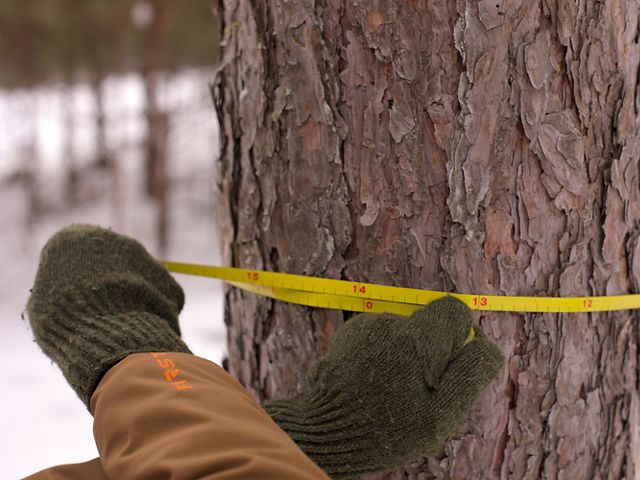
Building Climate Resilient Forests
“Diversified forests mitigate risks associated with climate change,” he says. “A company overly invested in one kind of tree is vulnerable to diseases that can ravage a forest, and the company that owns it.” In contrast, a diverse forest with many types of trees, trees of different ages, and trees of different sizes can be resilient to change.
UPM is confident that fostering diversity is an important tool for preparing their forests to face climate change, and they are committed to managing climate-positive forests—operations that more than offset any carbon dioxide emissions generated by harvesting trees.
In order to keep its business strong, UPM must consider what its forests will look like in 40 years when today’s young trees are ready for harvest. The company has found that it’s often more successful to plant trees that are adapted to a particular area than to plant species based on their successful record elsewhere.
UPM scientists use data from across Minnesota, as well as other states and countries, to inform their practices. They are open to new ideas and approaches and also share their knowledge and insights with others—including some of their competitors.
In addition to revenue from harvesting trees, the company earns significant revenue from the sale of carbon credits.
UPM wants its land to serve as a model for how to do things differently. In 2009, The company received a substantial payment from Minnesota DNR in exchange for agreeing to accept a conservation easement, a legal agreement that ensures the land will be maintained as a working forest and cannot be developed, on its remaining forestland in Minnesota. The Conservation Fund was instrumental in ensuring the company’s forestland in Minnesota remained intact. The Nature Conservancy played a supporting role, including paying for an independent appraisal of the property.
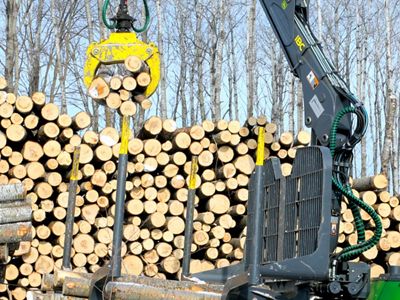
“At a time when forest companies were divesting their forestland, the easement allowed UPM to keep all of its holdings in Minnesota,” Scherer says. “The easement also shapes how they look at their land. They can take a long-term view in how they manage the forest because it cannot be put to a different use.”
Keeping the land as a working forest means that it can continue to provide all the other environmental benefits: clean air and water, public recreation, sustainable and renewable products, and wildlife habitat, all while also storing a vast amount of carbon.
Want More Stories?
Get new stories and timely action alerts so you can speak for our trees, water and soil.
Sign up